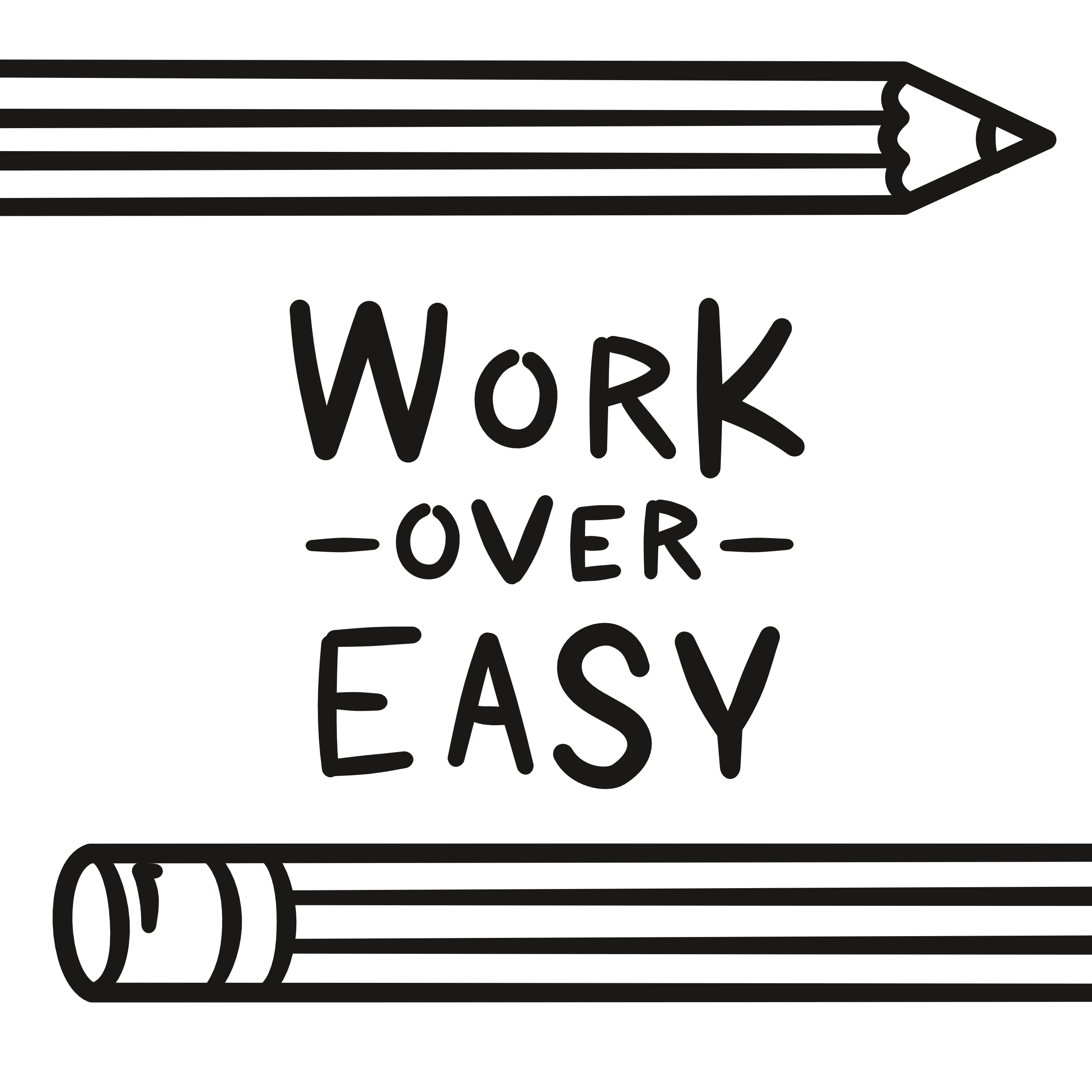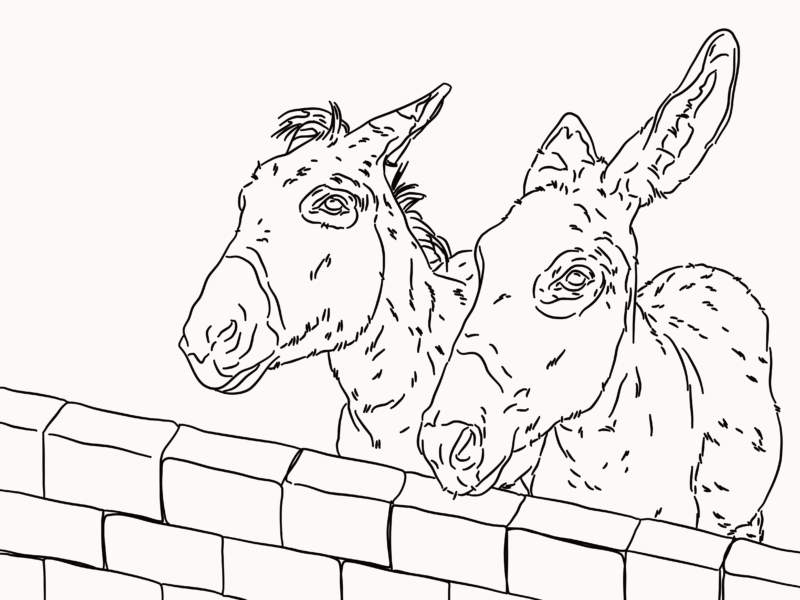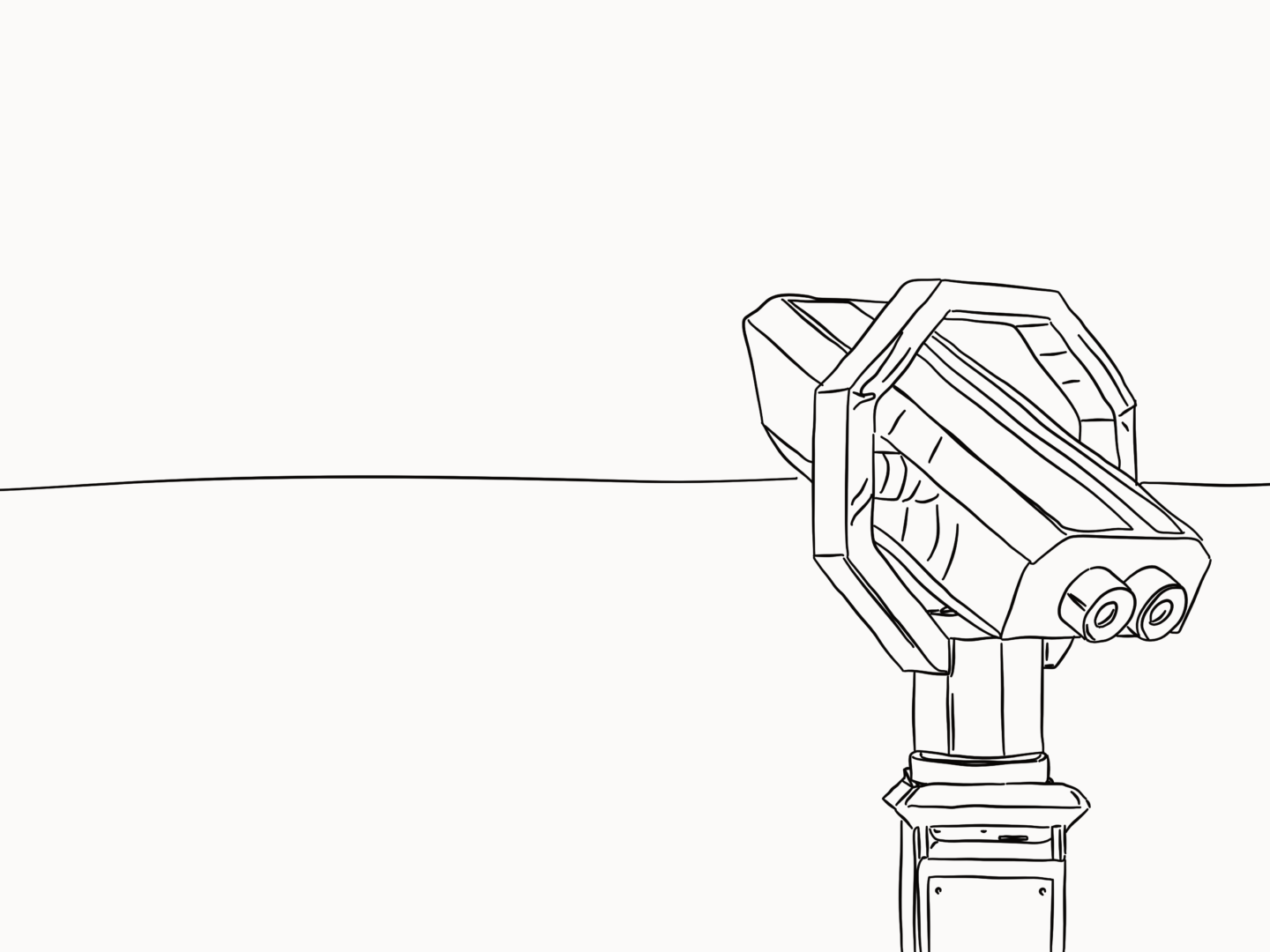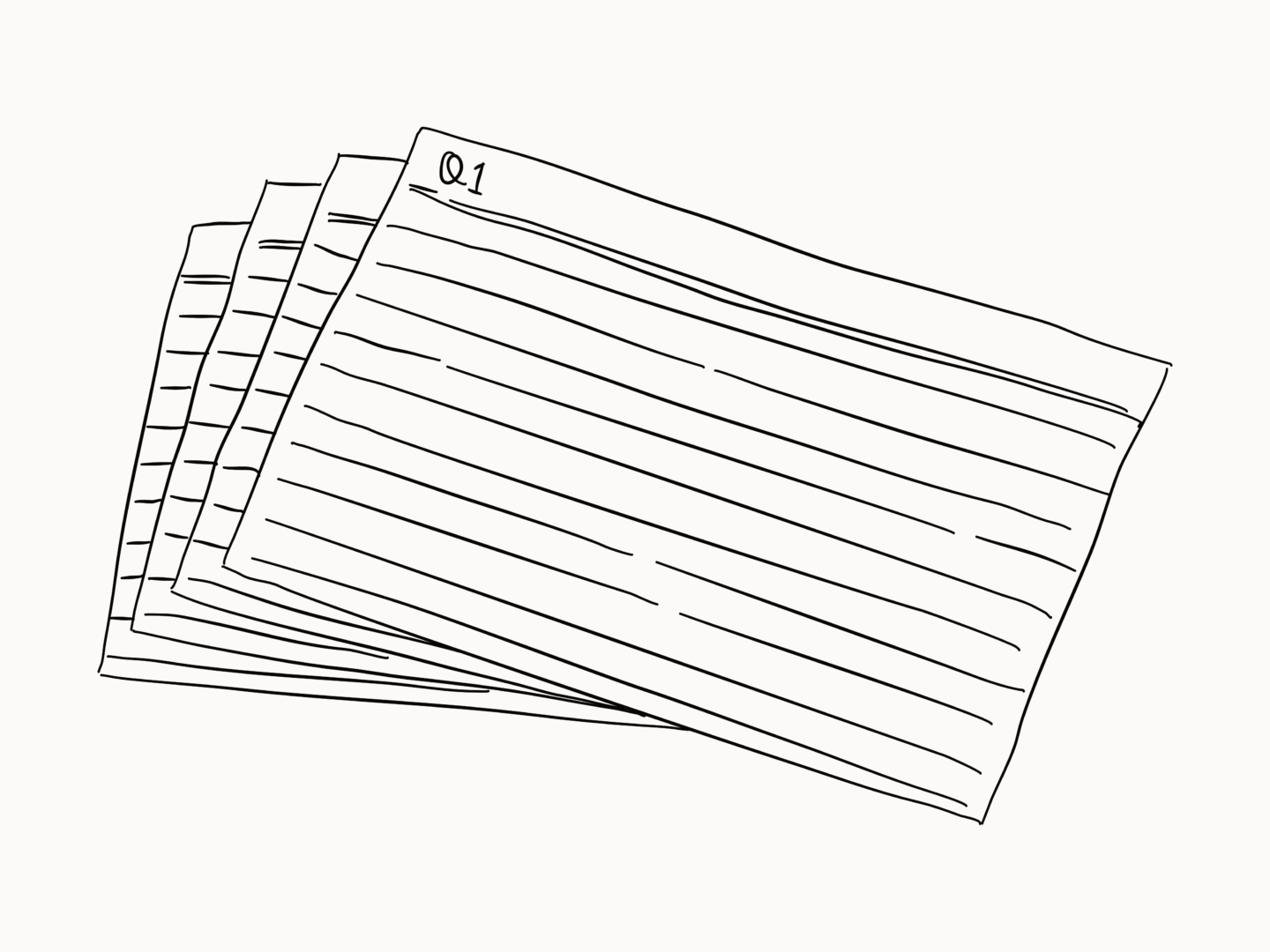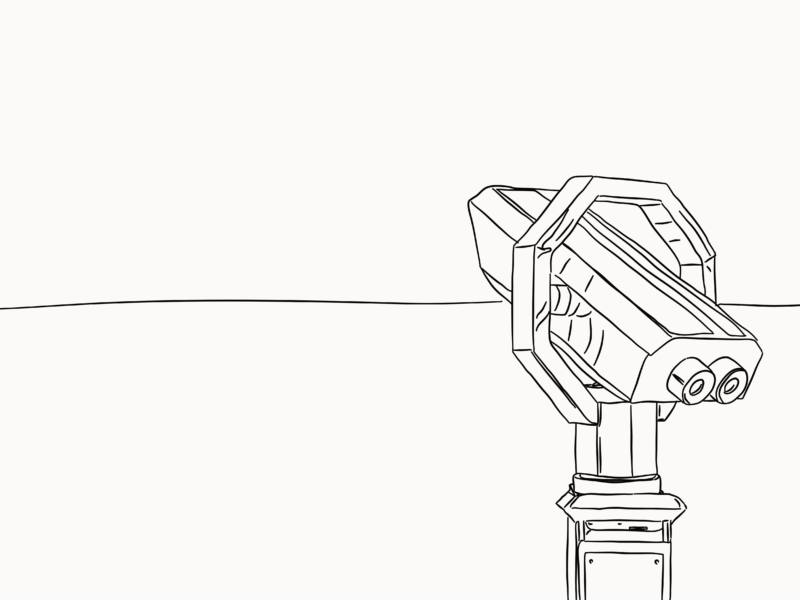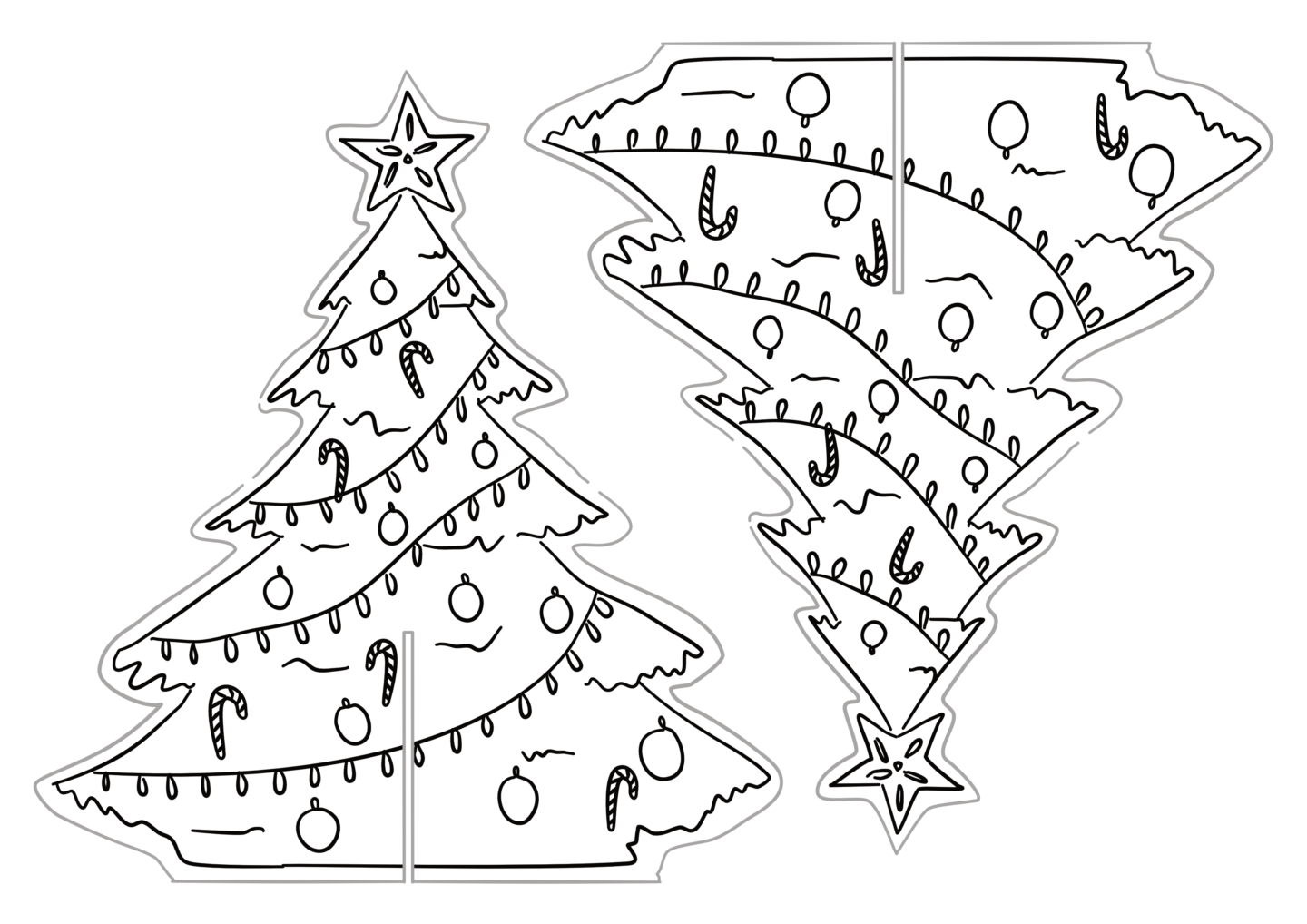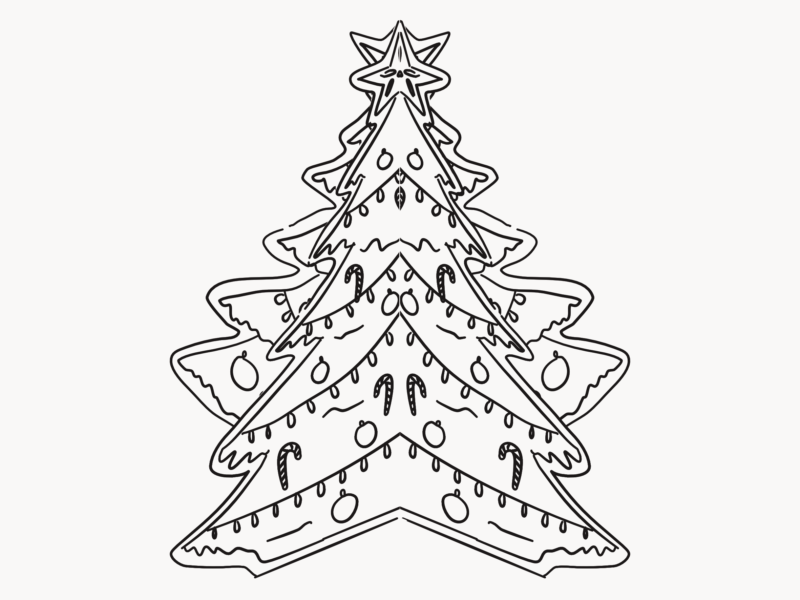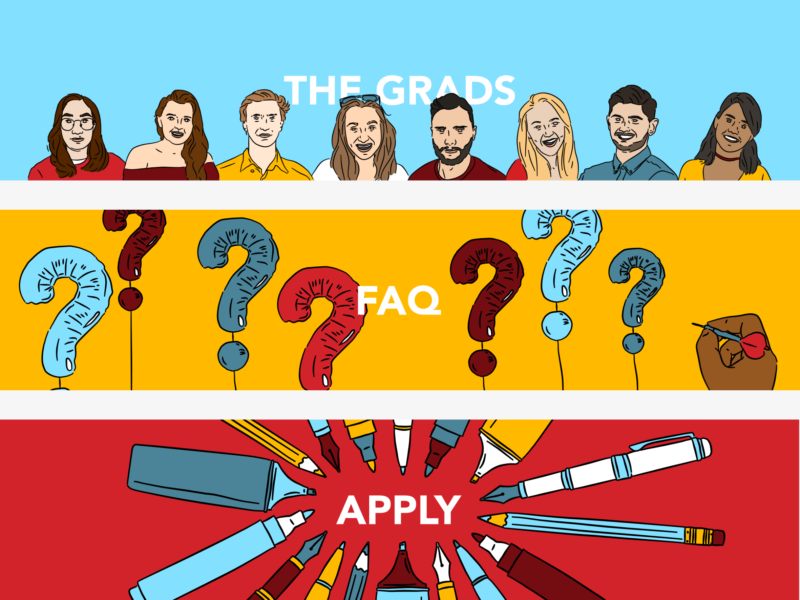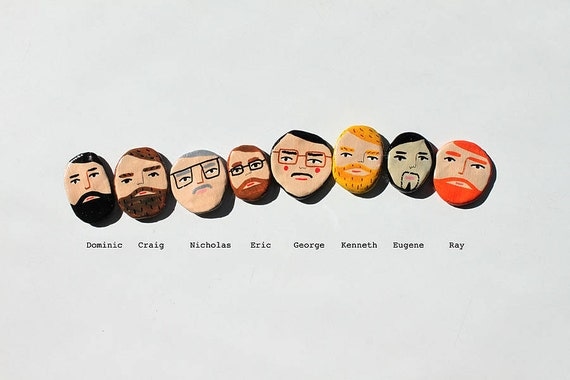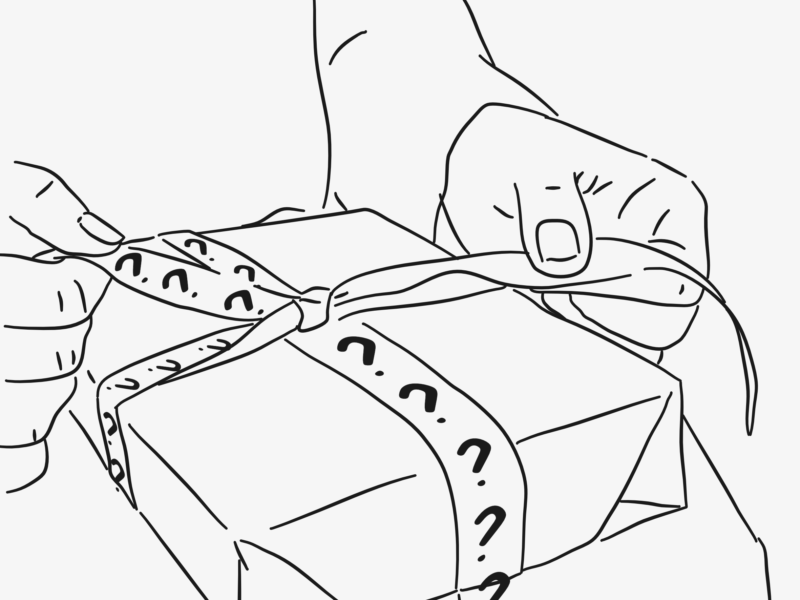If asses are made by making assumptions, the design world is all out of room for them in 2018.
Up until now the world has been designed based on the assumptions of those who were in charge that everyone else was just like them. So, as white men have been in power for so long, that means that the world is designed to work brilliantly for a white man and not really for anyone else. Danielle Kayembe has a fascinating list of some of these assumption-based designs in her excellent piece The Silent Rise of the Female Driven Economy.
But, I’ll share a few examples here too.
There’s a reason there’s always a much longer queue for the female toilets. Many women struggle to open push/pull doors because they were designed with the tensile strength of the average man in mind – presumably because they were the people doing the designing. Petite female crash test dummies weren’t mandated to be used in vehicle tests until the 2010s meaning there was a risk they hit the airbag chin first, snapping their heads back, leading to serious neck and spinal injuries. Passports, in the UK at least, are available with a braille sticker. However, this sticker just says the word “passport” rather than any of the useful information a blind person might be looking for in their passport. And to round things off, if you didn’t read about this automatic soap dispenser that doesn’t recognize darker skin tones, prepare to get mad.
Now, catering for those who have needs outside of those of the 95-percentile man isn’t something new. But it is something that has previously been seen as something of a party piece. Brands and design studios would design specialist inclusive products to enter awards or as a PR exercise. These are often great pieces (or at least great-looking) pieces of design, but less often made into a reality. Catering for anyone who, if we’re speaking in broad terms, wasn’t white, middle-class, male, and able-bodied, was an exercise outside of their everyday. It was separate to how they saw their business identities.
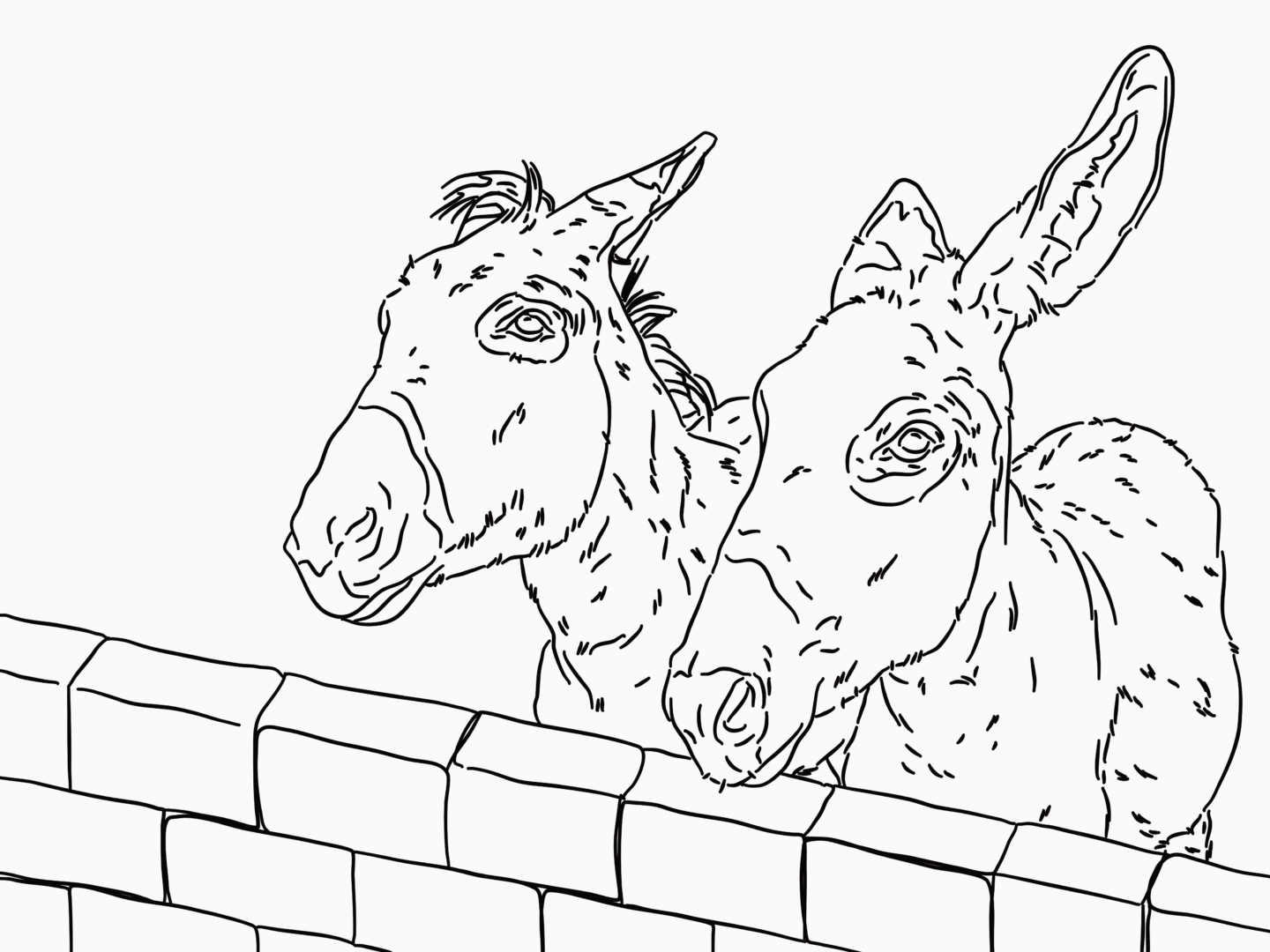
But there’s change afoot.
Government services, through GDS, are leading the charge on digital design that works for everyone, by focusing on those who might need the most support don’t face any barriers to accessing their services. This means people who are hard of hearing or have visual, cognitive or motor impairments. But beyond that, it means all users – not just those with permanent disabilities.
Brands like Fenty and Nubian are making everyday products that work for a wider range of people, because sometime one size, or one shade of “nude” doesn’t fit all. They’ve put this inclusivity at the heart of their brands and it has paid off in spades
Then you have a brand like Heist tights, who have taken a product we all have in our homes, tights, and asked the question “why does wearing tights have to be the worst?” They put in their user research, found the pain points, and actually designed a product that works for the people who use it. Unsurprisingly, they’ve had somewhat of a hit on their hands.
As is proved by the success of the companies mentioned above, getting to know your user putting building something that actually works for them at the center of your business pays. Plus, as more and more companies who genuinely put the user first and focus on diversifying their design teams in order to do so spring up it will soon be damaging not to.
So, in short, there’s no more room for asses in design in 2018.

